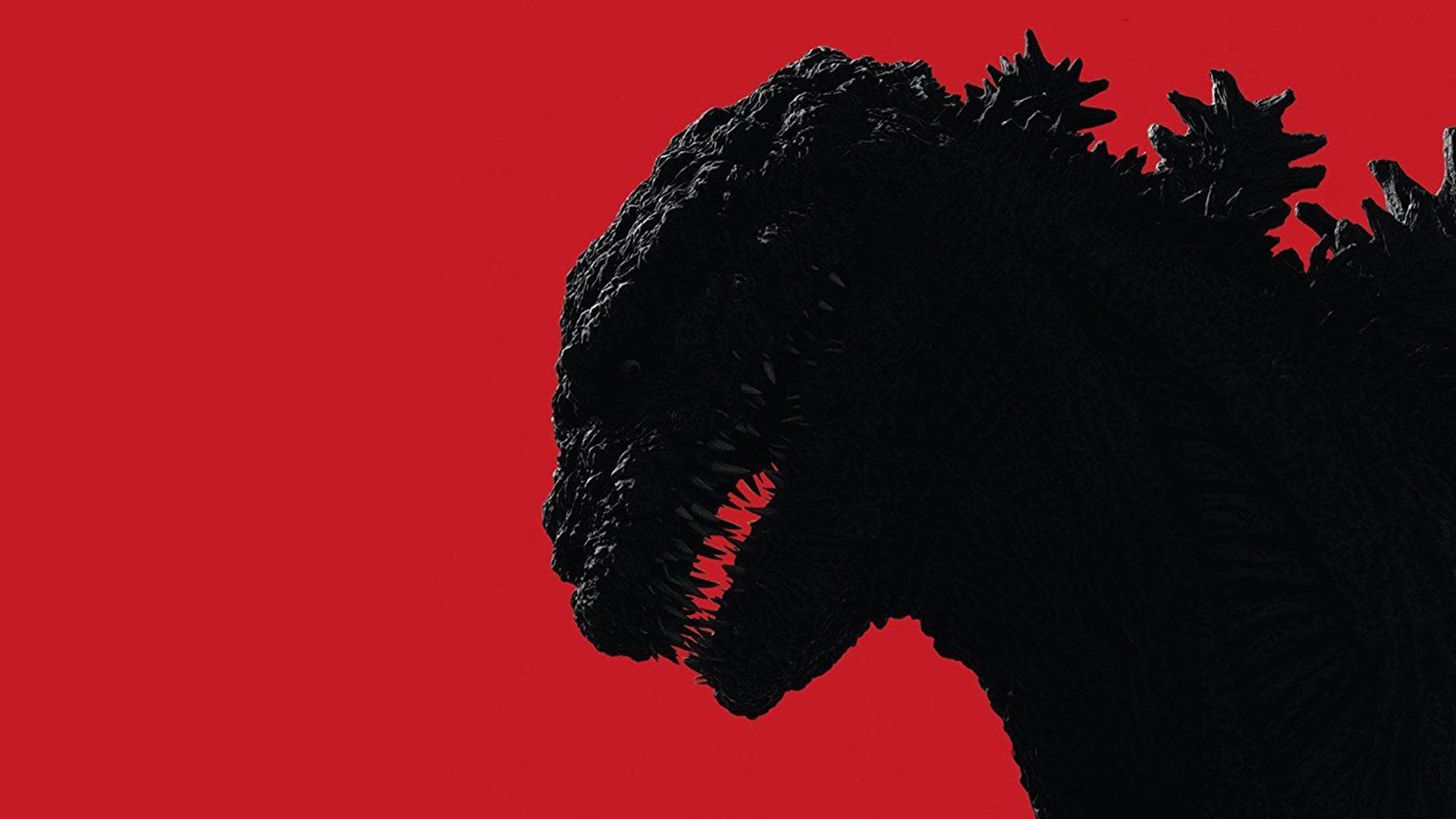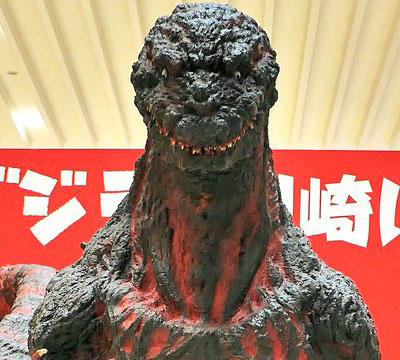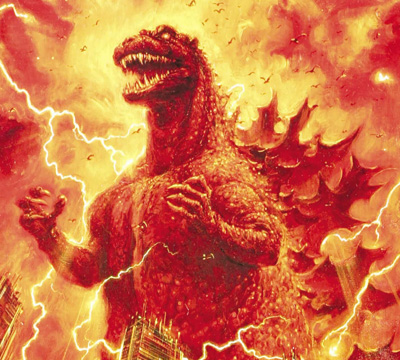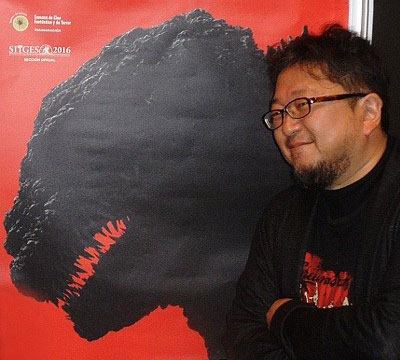8.8.16
Shin Godzilla had a visceral effect on me. It was an moving experience. As I watched the evolution of Shin Godzilla from sea to shore to city, emotions long stowed away surfaced. There is no doubt in my mind that Anno Hideaki and Shinji Higuchi rooted Shin Godzilla in the 2011 Tohoku earthquake, tsunami, and Fukushima Daiichi Nuclear Power Plant disaster (福島第一原子力発電所事故). Shin Godzilla took me back to that day when Japan faced its existential crisis.
That day was unlike any day in my life. I was a teacher living in Karuizawa, Japan. It was the last three weeks of the semester. And my birthday had just passed on the eighth of March. And then the unthinkable, March 11 happened. The events of that day were swift and unrelenting and continues to this day. By that evening, I was left wondering what had already happen to us and what would happen in the days to come.
As the drama of Shin Godzilla unfolded on screen I began to relive the events of that day. Shin Godzilla, like the 311 tsunami, emerged from the sea and came ashore as a massive force. Like a toddler shuffling across a living room floor pushing toys aside, it tossed boats and cars into the air with no regard for the lives it was snuffing out. For every boat and car, a life was lost and a family was changed forever. Shin Godzilla represents the horror and tragedy of that day. Fiction masquerades as reality, while we dress reality in fiction.
As I watched the events of that day unfold, I remember saying to myself, “What is going on? Is this real?” I could not put my head around the cars, trucks, and vans swept away by a massive sea wall swallowing the shore. I remember my friends screaming and gasping. The mind-blowing death toll from the earthquake and tsunami were mounting. Little did we know the wave was headed toward the Daiichi Nuclear Power Plant in Fukushima. And the disaster would no longer remain localised but it would threaten all of Japan and the world.
NHK TV reports of the flooding of the Daiichi nuclear plant and the imminent danger of a meltdown were pouring in. Being trained as a chemistry with experience handling radioactive isotopes, I went into a personal meltdown. My alarms went off and everyone around me knew it. My brother and family wanted me to live immediately. Some American citizens were leaving Japan along with some Japanese. But my situation did not permit an early departure. I spent the evening and following days glued to the NHK coverage. We were all facing an enemy that we could not see.
At the height of Shin Godzilla, Japan witnesses the full fury of Godzilla. No amount of tanks, missiles, and bombs will stop Godzilla. They only awaken him to unrelenting retaliation. American bombers catch Godzilla off guard and he erupts into a full tirade of his atomic fire torching Tokyo. Shiro Sagisu’s track, “Who will know (tragedy),” sets the tone and captures the existential crisis facing Japan. But it also embodies the reality of the threat facing Japan since 311. “I wear a void, Not even hope, A downward slope, Is all I see.” It captures that moment when the victim cannot escape and there is no place to hide and your life may end in seconds. What will Japan do in fiction and in reality?
As in the film, the world watched the events of 311 unfold. Could Japan handle the crisis? Must the world intervene? Who should be in control? Should Japan bury the Fukushima nuclear plant? Or would Japan bury the truth and conceal it from the world? Radiation was rising and the truth was unescapable. The blame game had already begun but there was no time. Japan had to react correctly and courageously. Millions of lives were at stake. On that terrible day, the Fukushima 50 remained at the plant to face the monster. Who remembers their sacrifice? Who will remember their lives?
Like in reality, Shin Godzilla puts the reality of nuclear holocaust front and center for the moviegoers to contemplate. Godzilla serves as a proxy for the inevitable and unavoidable conversation needed. As in 1954, Godzilla is the monster of our own making. It is not as fiction as we have imagined. We create the environment from which our monsters make landfall. There is a truth that lies beneath their skin. This truth emerges in many manifestations in fiction and in reality. None any greater than the film’s last scene. Fiction tells the truth.
Godzilla has always been a mirror reflecting Japan’s concerns and context. Shin Godzilla certainly does that. But it is more. It is truth disguised in the Japan culture. Its lesson is for us all. Shin Godzilla is the story of the monster we make and the monster we become. Both monsters we must face. And we cannot escape.
On March 11, 2011, I met “Godzilla” in reality. On July 29, 2016, I met 3/11 in fiction.



